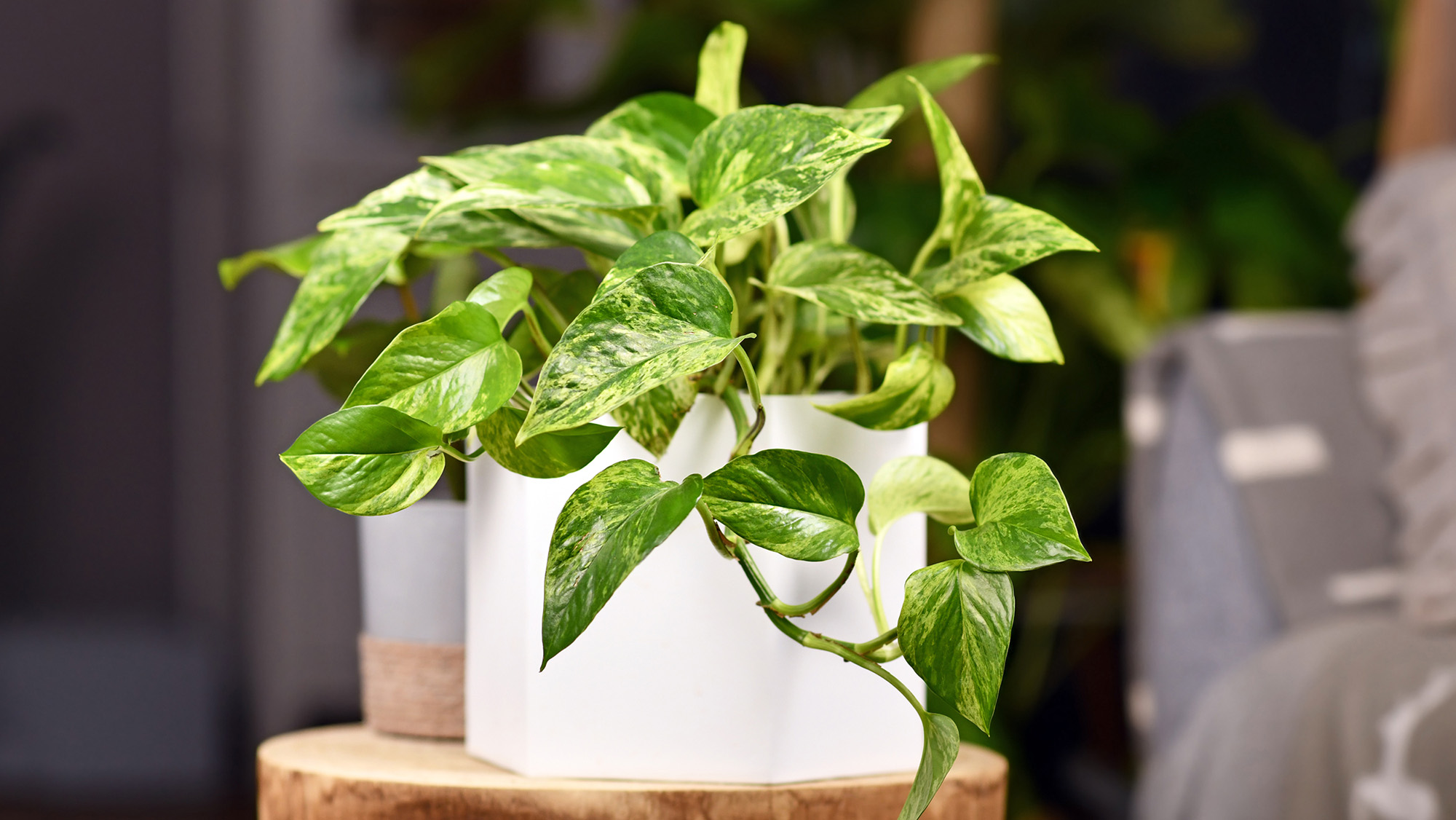
When the sun finds it hard to break through the clouds in the fall and winter, we can all feel a bit depleted as we're stripped of sun-loving vitamin D. The same can be said of many houseplants when they don't gain the happy rays that help them thrive.
The Snake plant is one example of a houseplant that does well in direct sunlight and is also one of the best low-maintenance plants for easy care. However, there are some houseplants you can turn to that don't mind shadier days and prefer a low-light environment than direct sun.
We asked the experts at Palmstreet for their suggestions on 5 low-light living plants that will brighten up your home this winter.
1. Guzmania bromeliad
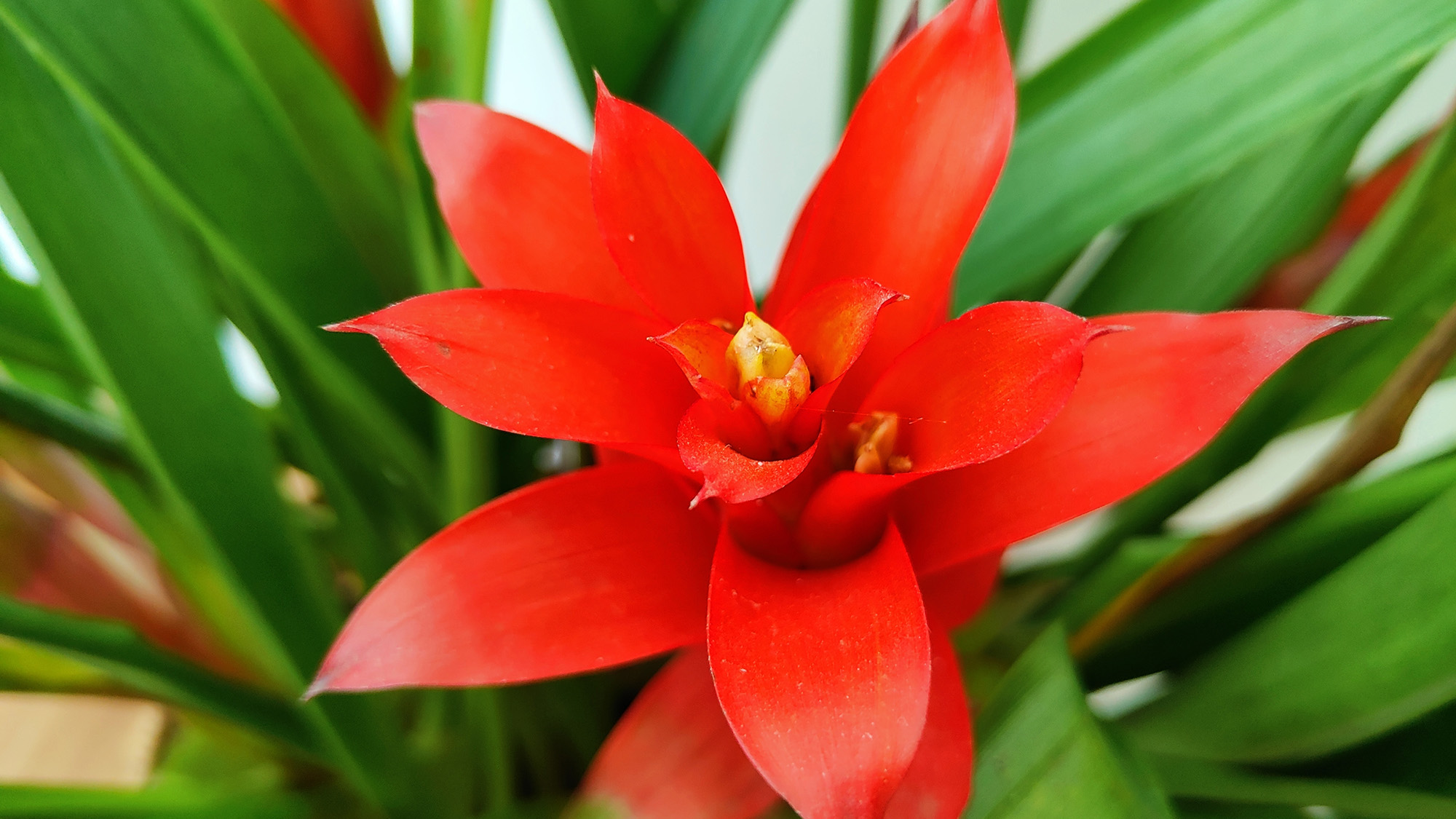
It might be surprising to learn that despite being a tropical plant, guzmania bromeliad thrives in low light and can even perform well under fluorescent lighting, according to DuVal.
"With vibrant bracts in red, orange, yellow, purple, and white, they add a bright pop of color to any space, perfect for sprucing up your home decor and adding a bright vibe in the darker months," says DuVal. They are also easy to get hold of, and you might be able to pick one up at your local grocery store.
In nature, they grow under the canopies of other plants on the forest floor and receive sunlight that is filtered through. However, if grown in direct sunlight, the leaves will burn.
Avoid overwatering your bromeliad, as they don't like to remain too wet. If you have hard water, consider using purified or distilled water instead. Your plant will also appreciate a misting once or twice a week, as it collects moisture through its leaves.
2. Lucky bamboo
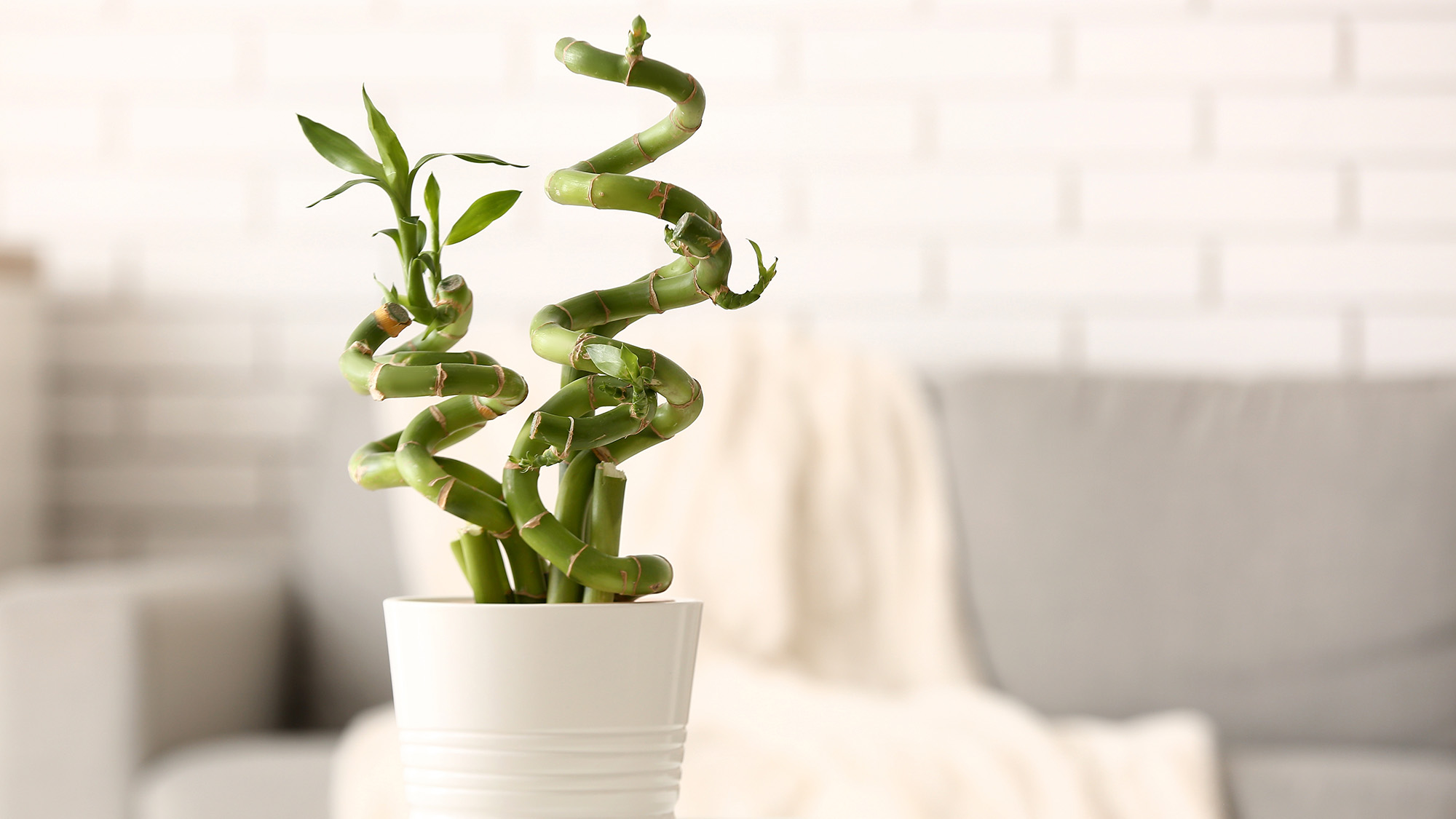
DuVal says the Lucky bamboo is the chicest houseplant around, made even more desirable by its sculptural shape. "Sleek and low-maintenance, Lucky Bamboo adapts well to low-light environments, making it an elegant choice for desks or as a minimalist centerpiece."
They are also known for bringing luck to a home. DuVal says, "Its resilience and simple beauty make it a standout in any room."
Just like the guzmania bromeliads above, too much sunlight will scorch the leaves, and they will grow well in filtered or indirect light. They'll also be happier in a well-draining potting mix, or alternatively, you could pot your plant in pebbles. Water with either distilled or spring water and keep the plant at or above 65°F.
3. Pothos
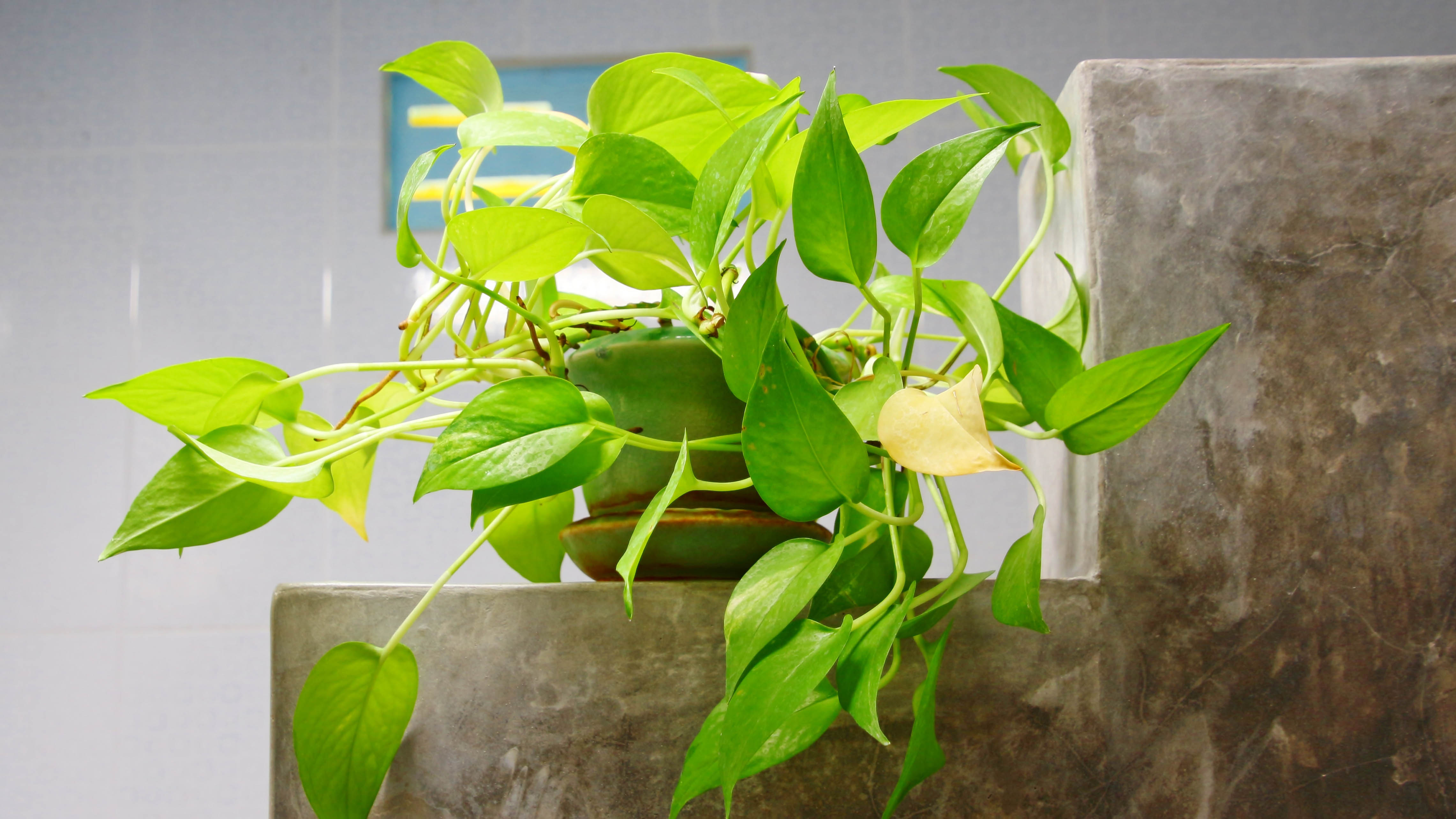
If you're new to houseplants, DuVal says pothos are ideal for beginners. I can vouch for that. I own a pothos and find it easy to care for. Plus, it's a vigorous houseplant with heart-shaped leaves and is easy to grow from cuttings — just grab your best gardening gloves and get propagating,
"Its trailing vines bring dimension to any space, whether hung in baskets or placed in mixed plantings, making it a perfect year-round green companion," says DuVal.
Pothos does best planted in indirect light. If its leaves start to turn yellow, it's a sign that it's getting too much sun and needs a shadier position. Water your pothos when the top two inches of soil become dry, but don't allow the roots to sit in water. The leaves will also appreciate a mist, as the plant likes humidity. Keep it in a bathroom to soak up the steam.
4. Ponytail palm
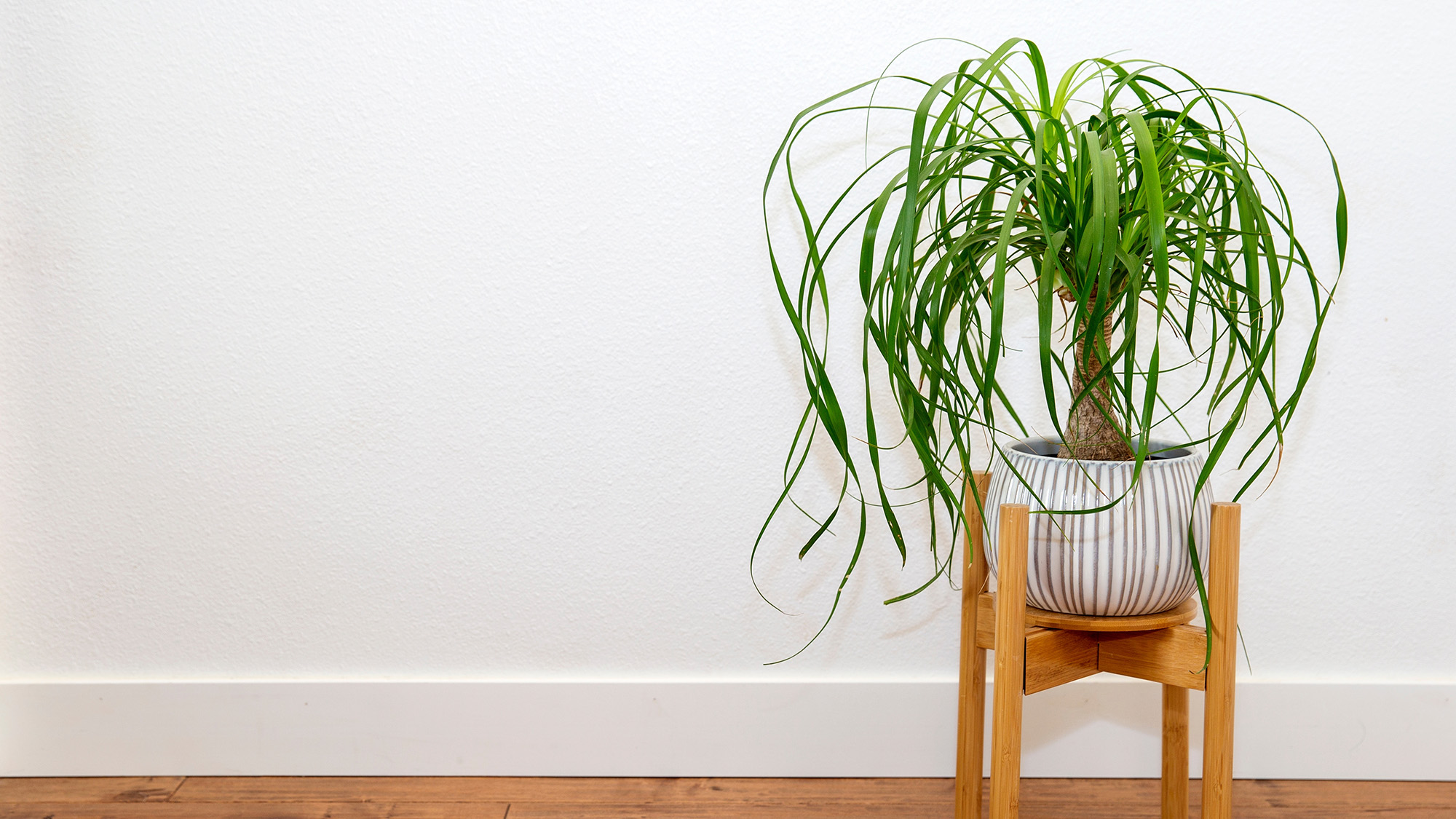
If you like quirky plants, opt for a ponytail palm. "It has a palm-like appearance and flowing 'mane'," says DuVal, adding that it will add personality to any home.
Although the name is deceptive, as it's a succulent rather than a palm, andit can live for years in a pot, making it an excellent houseplant.
A pony tail plant will thrive in bright indirect light, but DuVal says it also tolerates low light well. This plant does best in free-draining soil and should be watered sparingly to allow the water to dry out between waterings. During winter, the plant goes through a period of dormancy and will require less water than at other times. If the plant is overwatered, you may notice the leaf tips turn brown.
5. Nerve plant
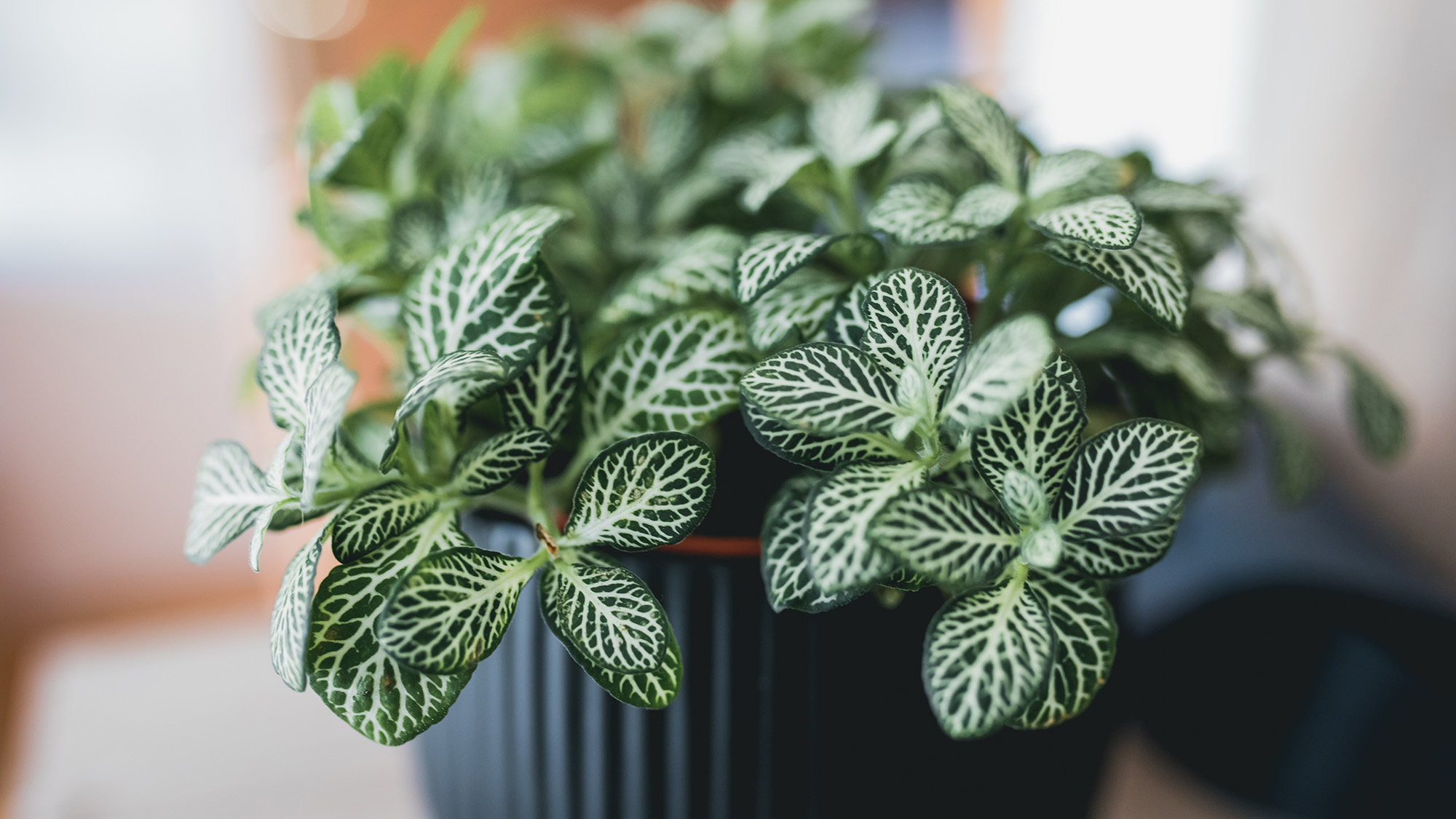
The Nerve plant is known for its striking, colorful veins, dark green foliage, and contrasting white or red veins. DuVal says it flourishes in low, indirect light as an indoor plant, which matches how it grows on the forest floor in tropical South America.
It's best to avoid direct sunlight, which might scorch its leaves, turning them brown and crispy. However, it does like constant humidity and will perform best if kept under glass with an ambient temperature around 70°F.
Alternatively, keep the plant in a bathroom or mist its leaves regularly. Place the plant on a tray of pebbles and water it.
As a compact, slow-growing plant, DuVal says, "It's a great option for terrariums or tabletops, adding a vibrant touch to smaller indoor spaces."







